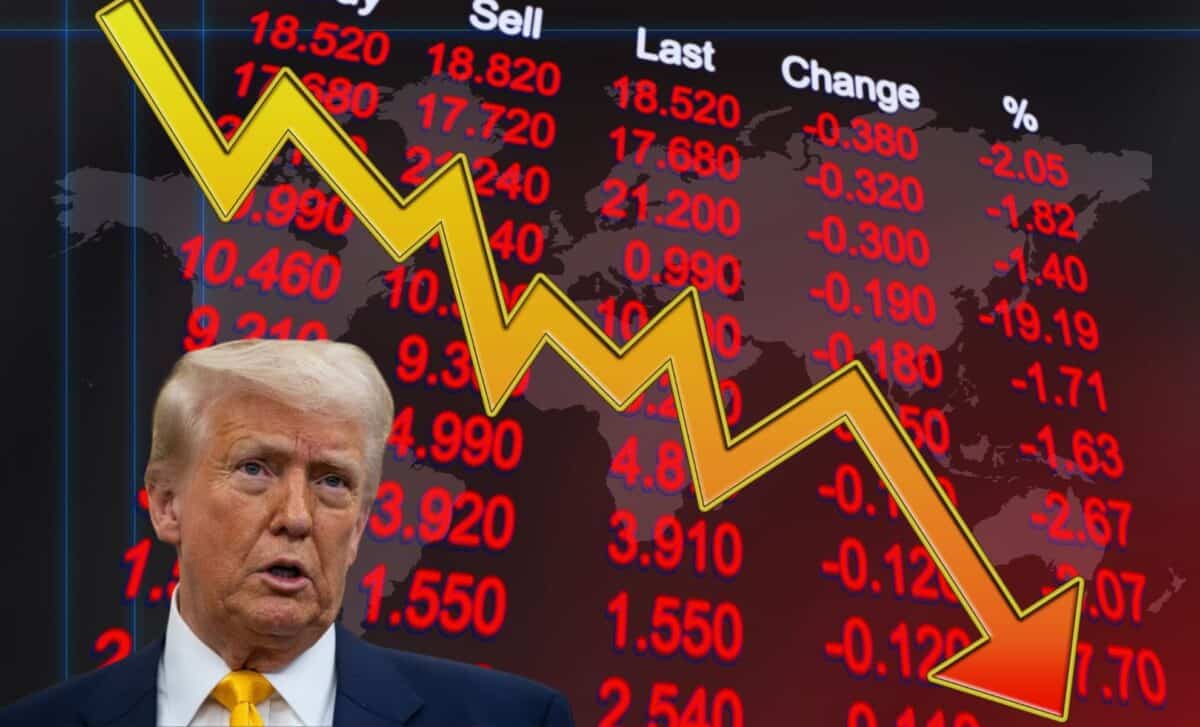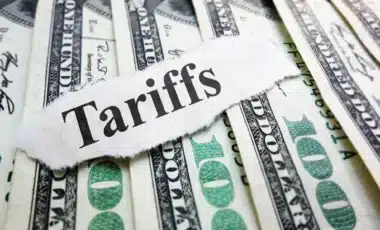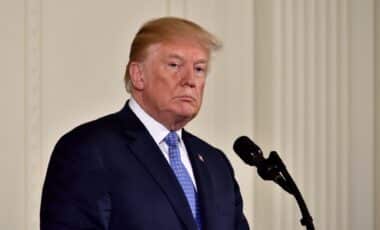The United States economy is showing increasing signs of strain, with analysts warning that recession risks are climbing. A combination of trade policies, market volatility, and economic uncertainty has fuelled concerns among investors and businesses, casting doubt on the strength of future growth.
President Donald Trump, who campaigned on promises of economic revival, has acknowledged potential turbulence, urging Americans to brace for a period of adjustment. However, with tariffs impacting major trade partners and markets reacting sharply, questions remain over whether the world’s largest economy is heading towards a downturn.
Market Declines and Recession Risks on the Rise
The US stock market has experienced notable declines in recent weeks, with the S&P 500 falling to its lowest level since September, signalling investor concerns about economic prospects.
According to a report by JP Morgan, the probability of a recession has risen to 40%, up from 30% at the beginning of the year, as economic policies shift away from growth. Similarly, Moody’s Analytics has increased its recession forecast from 15% to 35%, citing the impact of tariffs.
At the heart of these concerns are the trade policies introduced by Trump’s administration, including tariffs on imports from major partners. These measures have contributed to rising costs for businesses, leading to reduced profit margins, delays in investment, and hiring slowdowns.
According to Goldman Sachs, the administration’s policies present “the key risk” to economic stability, though the White House retains the option to adjust its approach if conditions worsen.
Market analysts have pointed to a slowdown already underway, influenced by the Federal Reserve’s tight monetary policy aimed at controlling inflation. Recent economic data suggests weakening consumer confidence, with retail sales falling and leading US corporations, including major retailers and airlines, warning of a potential pullback.
Kathleen Brooks, research director at XTB, noted that the combination of trade disruptions and existing economic fragility is exacerbating recession concerns.
Trade Policies and the Impact on Consumer Spending
For many businesses, the most pressing issue remains the introduction of tariffs, which have raised costs across multiple sectors. Brian Gardner, chief of policy strategy at investment bank Stifel, suggested that many had initially viewed these tariffs as a negotiating tactic but now see them as part of a broader economic restructuring effort.
This shift has introduced greater uncertainty, particularly as companies assess how to navigate higher costs and supply chain disruptions.
Consumer spending, a critical driver of US economic growth, is also showing signs of strain. Analysts warn that declining stock market values could further dampen spending, especially among higher-income households, who play a key role in sustaining demand.
With inflationary pressures still affecting lower-income consumers, the overall picture suggests increasing vulnerability in the economy.
Despite the warnings, Federal Reserve Chairman Jerome Powell has attempted to reassure markets, stating that the US economy remains in a “good place.”
However, analysts caution that persistent trade uncertainties and policy risks could deepen economic challenges, making a downturn more likely if market confidence continues to erode.









